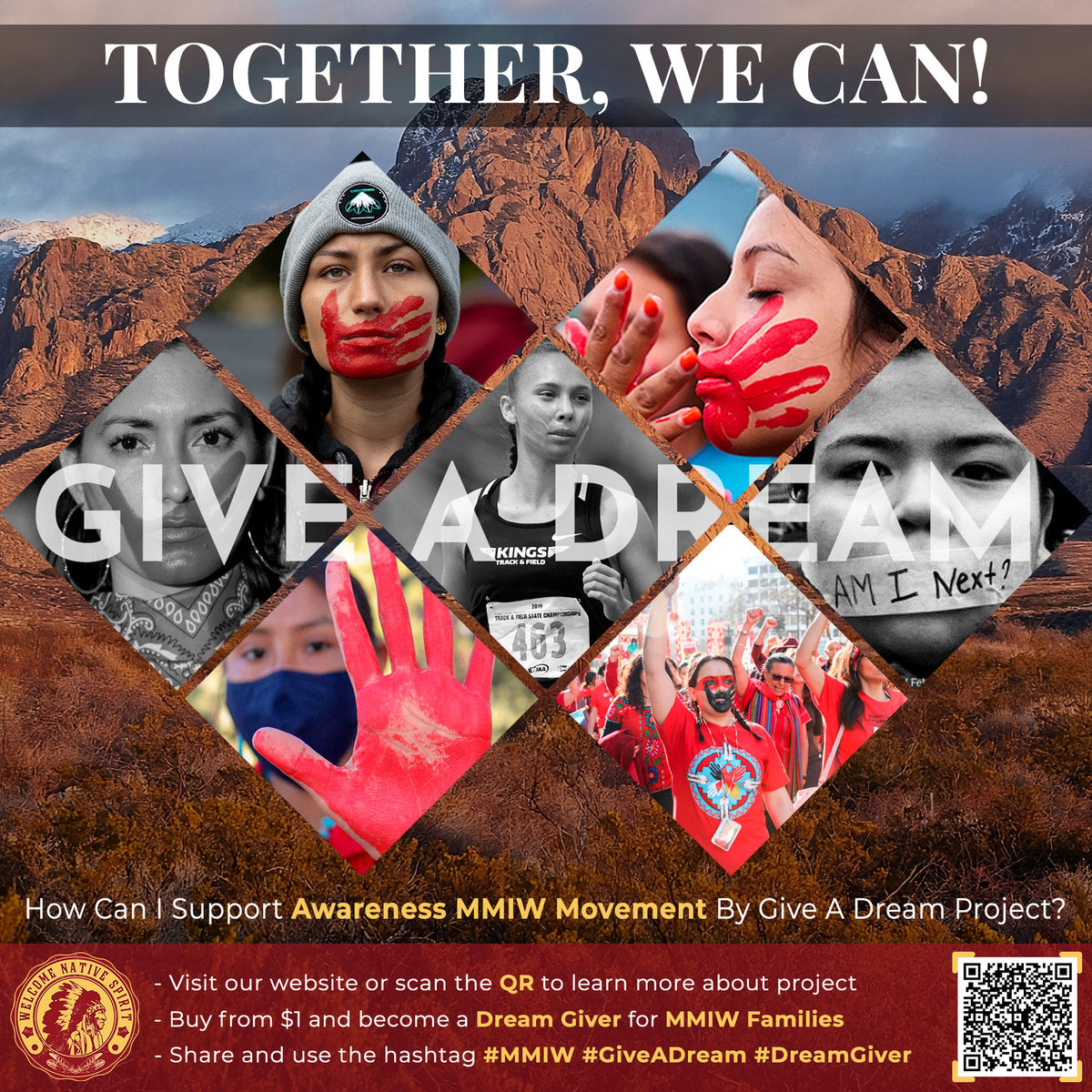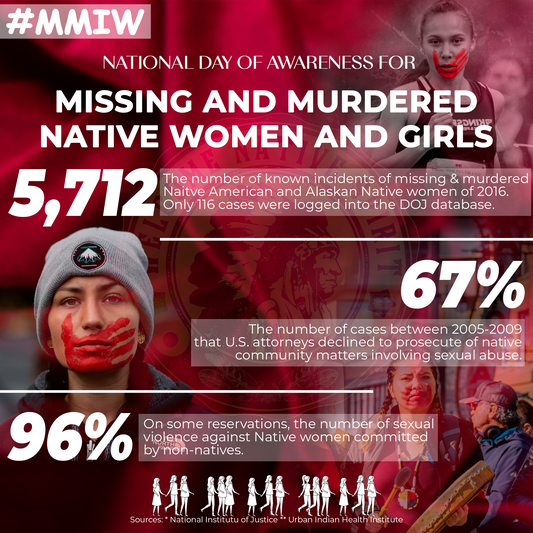We Remember Sand Creek – Our Wounds, Our Strength
The Month of Memory and the Rising Beaver Moon
Every November, as the air grows colder and the Beaver Moon rises above our lands, we gather our hearts in remembrance.
We remember the stories our grandparents whispered by the fire.
We remember the names that history books tried to erase.
And we remember Sand Creek, not as a footnote in someone else’s history, but as a heartbeat in our own.
The Morning of November 29, 1864
On November 29, 1864, under a white flag of peace, our Cheyenne and Arapaho ancestors were camped along the Big Sandy Creek in what is now Colorado. They believed in the promise of safety, a promise made by the territorial governor, carried by words of truce. But that morning, as the sun broke through the cold sky, U.S. soldiers led by Colonel John Chivington rode in.
They did not bring peace.
They brought fire, gunpowder, and unimaginable cruelty.
The Lives Lost and the Pain Remembered
Around 230 lives were taken — women, children, and elders — many calling out for mercy, many praying, many simply trying to protect one another. The soldiers showed none. They desecrated bodies, burned lodges, and carried pieces of the dead back to Denver as trophies.
The Burden of Memory
This is not an easy story to tell. It was not easy for our grandmothers who survived. It is not easy for us who inherit their grief.
But we tell it because silence was the weapon that nearly erased us.
And remembrance is the act that keeps us alive.
The Truth Beyond History Books
For generations, the United States taught a version of history that celebrated “pioneers” and “progress.”
But for us, Sand Creek is not about progress. It is about survival.
It is about how, in the face of brutality, our people held fast to prayer, to song, to ceremony.
It is about how we are still here.
The Meaning of Heritage
When we speak of Native American Heritage Month, we do not only celebrate art, music, and resilience. We honor our truth.
Our heritage is not just feathers and beadwork; it is courage carved out of centuries of pain.
It is the quiet strength of the descendants who still dance where ashes once fell.
It is the wisdom of our elders who remind us that even in sorrow, we rise with dignity.
The Land Still Whispers
Today, when I visit the Sand Creek Massacre National Historic Site, I feel the wind carry whispers.
The land still remembers.
The spirits still walk.
And I can almost hear the voices of our ancestors saying, “We are still here. Tell them. Remember.”
Strength Born From Ashes
So we tell their story not to reopen wounds, but to let the world know that from those wounds grew strength.
From those ashes grew generations who carry songs of survival, languages reborn, and children who walk proudly on the same soil that once drank the tears of their ancestors.
Reclaiming the Month of Remembrance
This month, as we honor Native American Heritage Month, let us not only mourn.
Let us reclaim.
Let us teach our children that heritage is not only in the past, it is alive in every heartbeat that refuses to forget.
We carry the stories of Sand Creek in our blood.
And as long as we remember, they will never win the silence they sought.
We Are Still Here
We are still here. We have always been here.
And our remembrance is our resistance.
Author’s Note
I write this not as a historian, but as a descendant.
The Sand Creek Massacre is a scar on our nation’s conscience, but for us, it is also proof of our endurance.
To all my relatives, to all who carry memory and love in equal measure, this November may we walk gently, speak truthfully, and remember that our ancestors’ courage is the fire that still lights our way.





![[Two Sides] Trail of Tears The Deadly Journey Unisex T-Shirt/T-Shirt V-Neck/Hoodie/Sweatshirt](http://welcomenativespirit.com/cdn/shop/files/20_2bae9cf5-c07c-4ea5-a8ea-de74aa71325d_533x.jpg?v=1757466962)
![[Two Sides] Trail of Tears The Deadly Journey Unisex T-Shirt/T-Shirt V-Neck/Hoodie/Sweatshirt](http://welcomenativespirit.com/cdn/shop/files/gray_-2side_b51af6c7-cea9-4004-90db-cb8d883be04a_533x.png?v=1759742586)













3 Comments
I am not very tech savvy but I need to know how to share this very poignant history that so many Americans are totally unaware of. I first became aware of the atrocities that our European ancestors murdered the Indigenous Peoples when I was about 12 years old and Bury My Heart At Wounded Knee came out. We weren’t taught this in school. I was horrified and sickened. I share that shameful part of our history when I can but it would be much more meaningful when it comes for the People that live that history. I’m so sorry.
So sorry for your losses so glad you are here to remember thank you.
I am disgusted with America. I’m thankful that you’ll are strong people. To withstand all that you have been through, and American government still ignore the damage they’ve caused is terrible. I just don’t understand how people can be so mean. I’m disappointed to be an American.